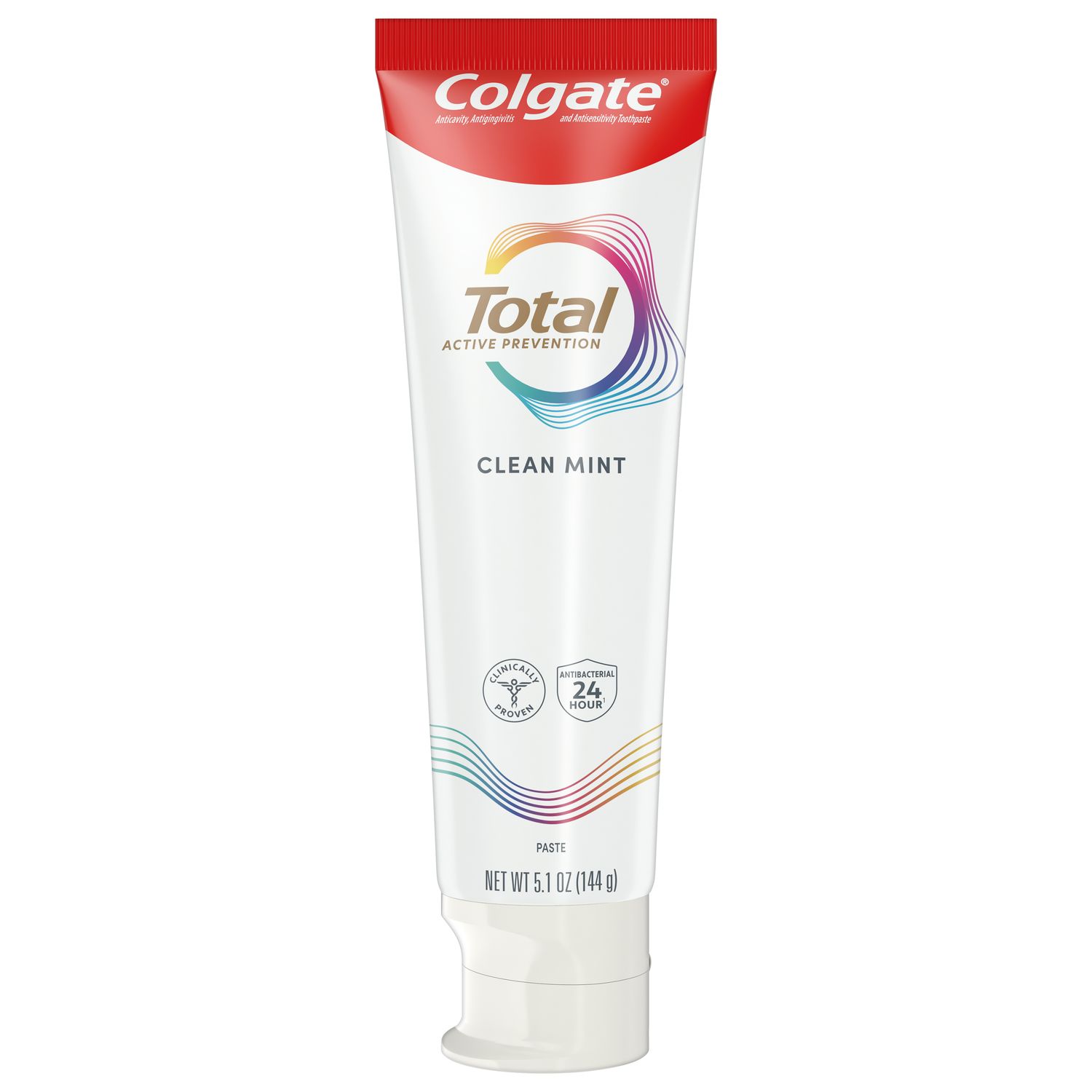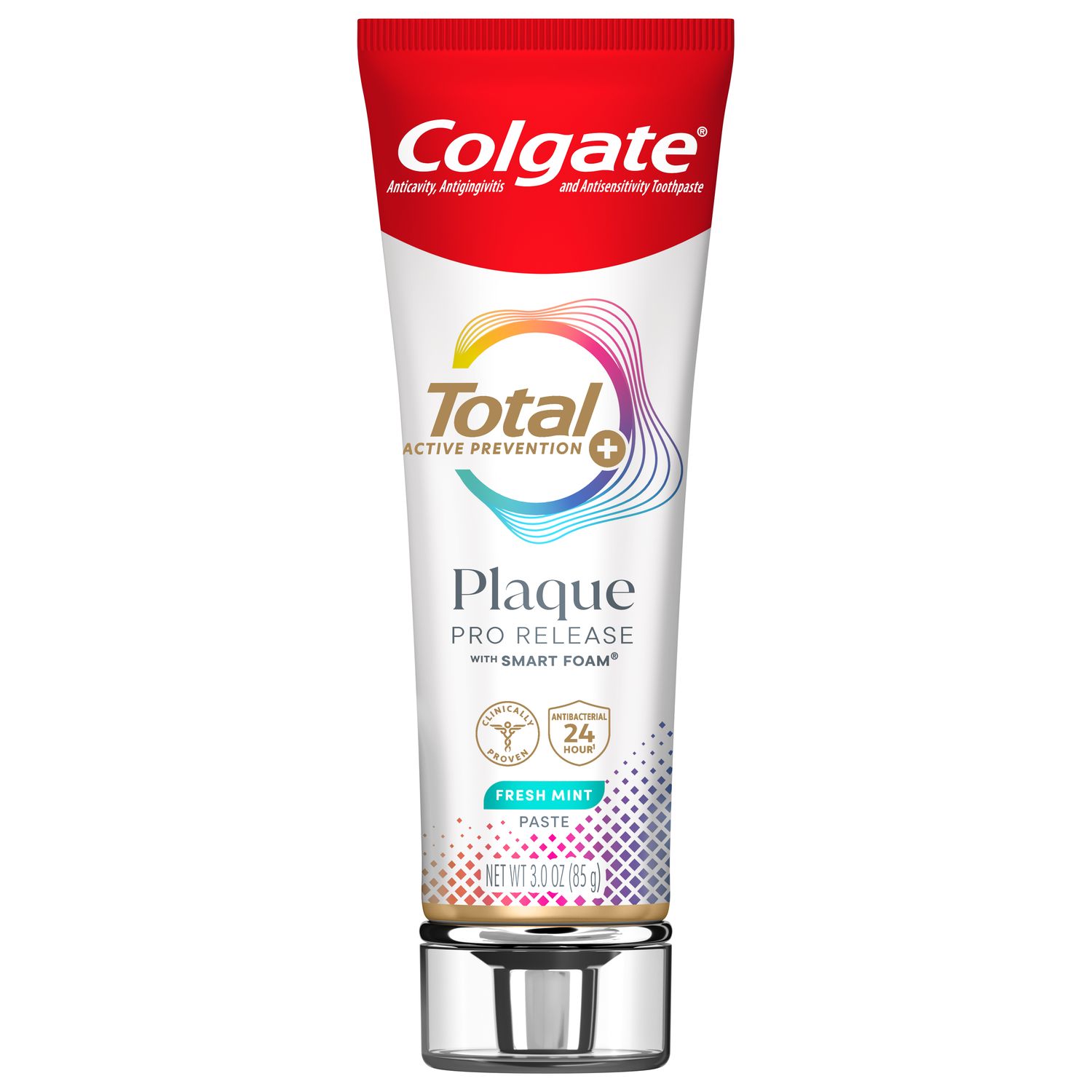
Halitosis ("bad breath") may be something your patients or their family and friends complain about and is a common condition. Halitosis is a common condition, estimated to affect around a quarter of the population.
Dentists should be vigilant in identifying halitosis and evaluate whether patients require further treatment to address this. Halitosis can be temporary, for example when eating certain foods. However, halitosis can also be chronic as a result of:
- Poor oral hygiene - oral bacteria produce byproducts during metabolism, including Volatile Sulfur Compounds (VSCs), such as hydrogen sulfide, methyl mercaptan and dimethyl sulfide. These cause halitosis.
- Untreated periodontal disease - due to the presence of higher levels of bacteria that produce VSCs, as well as the presence of active infection which can itself cause malodor.
- Dental caries.
- Xerostomia - reduced salivary flow leads to less debris being removed and a greater proliferation of bacteria.
- Other potential oral causes such as stomatitis, extraction wounds, dry sockets, peri-coronitis, peri-implantitis and oral ulcerations.
- Ear, nose, and throat conditions, such as post-nasal drips and sinusitis.
- Gastroesophageal reflux disease (GERD), endocrine and other systemic disorders.
Oral causes, including poor oral hygiene, tongue coating and periodontal disease, are responsible for the vast majority of cases of halitosis accounting for around 85% of cases.
Of note, some individuals perceive that they have halitosis in the absence of measurable/detectable halitosis. A referral for pyschological help may be needed for some of these individuals.
How is halitosis treated?
To begin, it is important to educate and coach your patient on proper oral hygiene by advising:
- Brushing twice-daily with an antibacterial toothpaste such as Colgate Total, and interdental cleaning daily with floss, interdental brushes, picks or oral irrigation. Antibacterial toothpastes will assist in reducing bacteria which produce the VSCs that cause halitosis.
- Remember to clean their tongue. The papillae on the tongue hold small food particles, bacteria and sloughed epithelial cells all of which degrade to form foul odors. Tongue cleaners are often available on the back of toothbrushes or there are devices just for tongue cleaning.
- Rinsing with an antibacterial mouthrinse helps to reduce the oral bacterial load. You can advise your patients to rinse with a product that contains antibacterial active ingredients, such as Colgate Total 12 HR Pro-Shield Mouthwash which contains cetylpyridinium chloride (CPC), or an essential oils mouth rinse. Chlorhexidine gluconate rinse (prescription only), for example Colgate PerioGard, is indicated for use between dental visits as a component of a professional program for the treatment of gingivitis, and a powerful antimicrobial rinse. While not indicated for halitosis, it does reduce the level of bacteria present. Another option is a hydrogen peroxide mouth rinse, such as Colgate Peroxyl, which works by helping to remove debris through its oxygenating action. Some mouthwashes only use ingredients that mask the malodor and as a result only have a temporary effect after rinsing. Patients can also be advised to use a mouthrinse at a different time to brushing their teeth to allow for the fluoride in their toothpaste to be effective.
By treating diagnosed conditions such as periodontal disease and dental caries, including with the above recommendations, halitosis can be reduced.
Patients may also report other issues along with their bad breath, such as complaints of heartburn or a persistent cough which suggests GERD, or report complaints consistent with another systemic condition. If a systemic disease/condition is suspected as a potential cause, patients should be referred to a physician for diagnosis and treatment.
Join us
Get resources, products and helpful information to give your patients a healthier future.
Join us
Get resources, products and helpful information to give your patients a healthier future.













